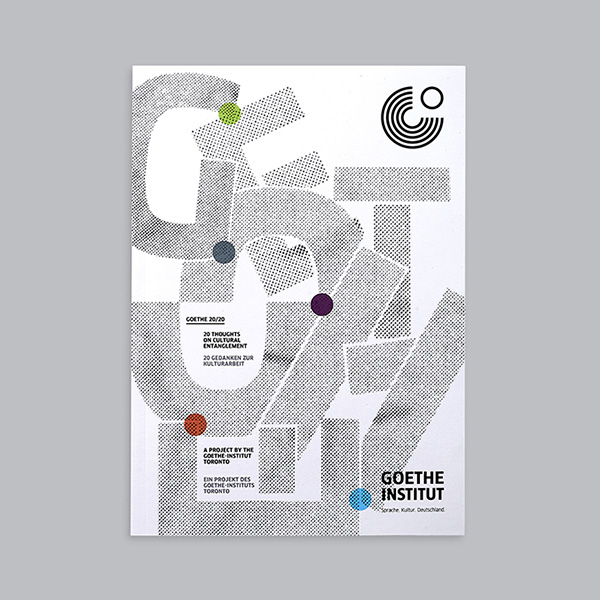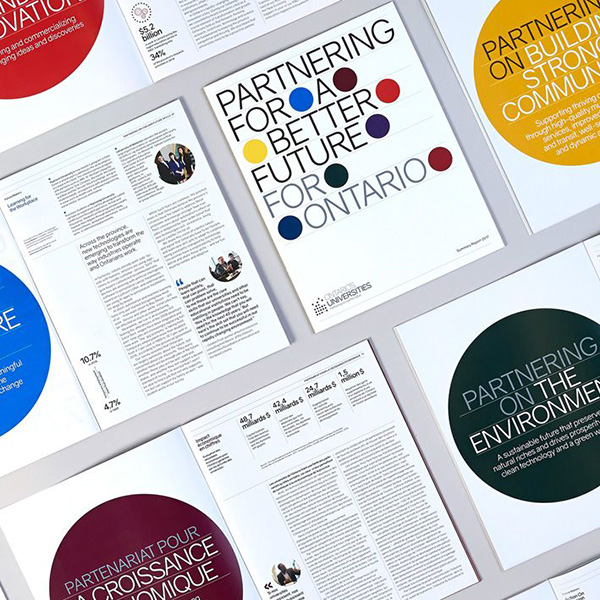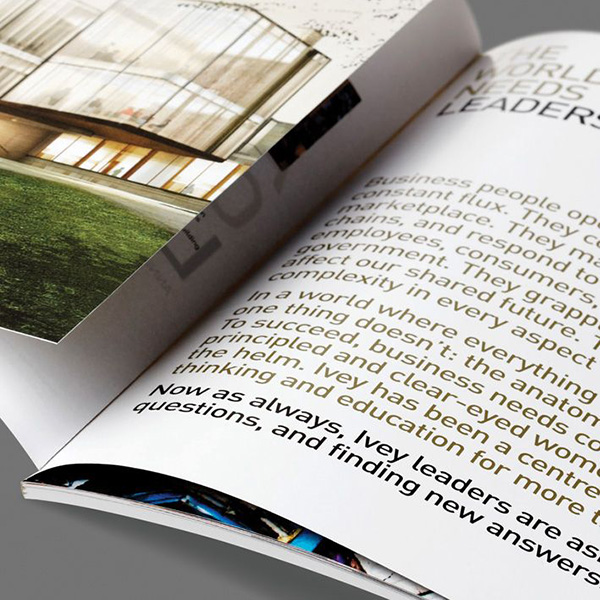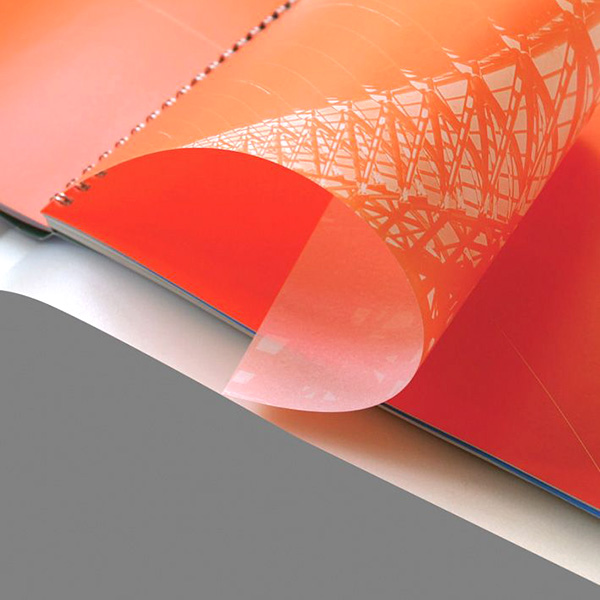cultural inkblot tests
Strategist at Aegis
Lately I’ve been thinking about a common practice in design, advertising, marketing etc. where the creative team presents their client with multiple options or approaches for a given project.
My background and training aren’t in design, but from what I gather from working with and speaking to designers, the practice of presenting options is common and often expected, but not one all designers are fully comfortable with. Some designers make the argument that options, as opposed to a single solution or recommendation, reduces the expertise of the designer to the subjective preference of the client, or represents a refusal by the designer to make a clear decision as to which single approach best addresses the particular task at hand.
In this view, presenting options, or too many options, easily shifts into a conception of design as decorative as opposed to creative or ameliorative. A quick scan revealed what I felt were some really well-articulated expressions of this argument, such as this piece by John Menard and the responses to this Quora post by Terry Douglas, Nela Dunato, David Pensato, Radu Cristian Vucea, and others.
This seems a very reasonable concern to have. But sidestepping the question entirely, I’m interested in unpacking a feeling I’ve occasionally had that presenting options can actually be generative – not primarily about providing greater ‘choice’ to the client, but somehow leading to deeper understanding of who the client is, and their needs.
We recently presented two very different designs to a client. We felt both were in the spirit of that clients’ culture, but emphasized quite different aspects or values. Intuitively we felt that which one they picked would say something about them - their aspirations, self-perception, who they were and who they wanted to be. And we were actually quite surprised by their preference, though it was also clear that the resulting conversation and thinking would not have been possible without the design as a kind of guiding scaffold for everyone’s thinking. (Riffing on Claude Levi-Strauss, designs may be “good to think with”.)
I want to suggest that when there’s a strong working relationship, well-considered design options can function like a kind of cultural or semiotic inkblot test,* presenting clients with prompts or ‘meaningful choices’ to work through and externalize their own implicit understanding of who they are. This can lead to further insight about the client’s identity, for both us and them!
In the design process, and particularly in branding, designers make both intuitive and explicitly-considered choices about feel, tone, culture, atmosphere, appropriateness, and so on, based on their understanding of the client. Whether this understanding comes from formal research or from elsewhere, it doesn’t translate 1:1 to the design process, because the cultural connotations of these design choices are implicit.
The choices designers make are symbolic, which is to say they represent particular qualities indirectly using signs. An extremely simple example is that a sans-serif typeface might be chosen to represent a client perceived to have values of modernness, openness, and directness. Every element of a design – and not just a graphic design, but any design – connects out to these kinds of cultural or symbolic associations.
























